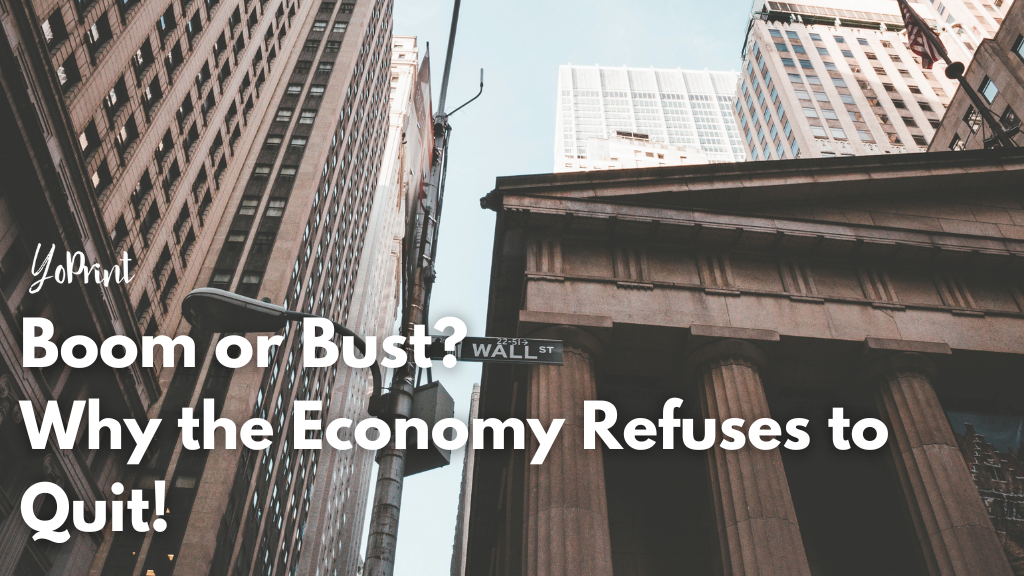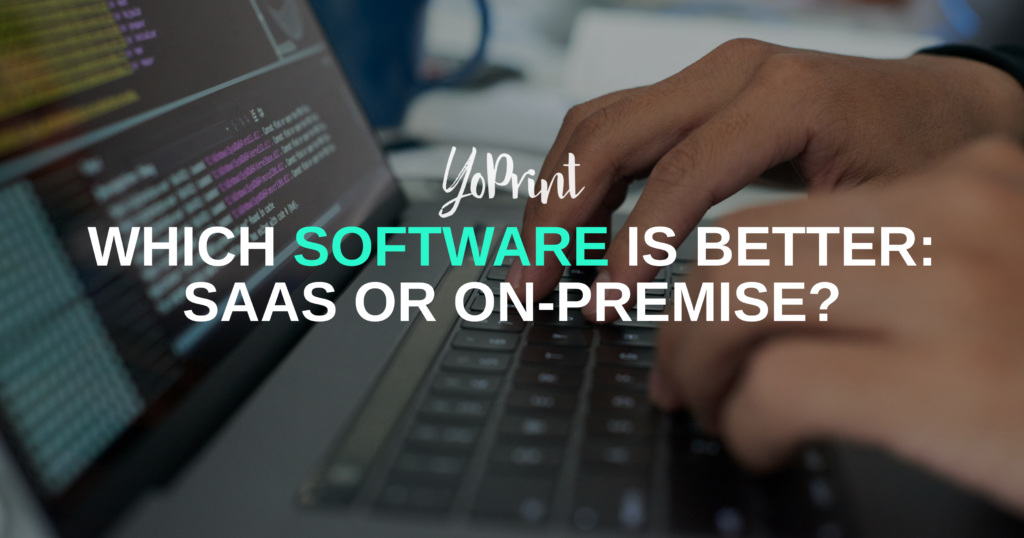Eyes on the economy — despite a few clouds, the financial forecast is far from a washout and as we mentioned in our previous report, the economic sky is not crumbling just yet. As the curtain closes on the first quarter of 2024, it turns out that consumer spending is not just alive; it’s kicking.
With a growth rate of 2.5% in Q1, it does look like we’re slowing down, but nobody’s hitting the panic button, except for the financial analysts who loves to cry wolf. Sure, it’s a bit less than the previous quarters’ more glamorous 3.3% and 3.1%, but hey, we’re still in the game.
KEYPOINTS
- Economic consumption is slowing down, but still healthy growth. There is nothing to worry about, or even complain.
- Real time data does not show a significant negative inflection in consumer behavior.
- The economy is still strong and very much resilient.
Throwing Money at the Problem, Because We Can!


With all the chatter about inflation and rising interest rates, you’d think consumers would be clinging on to every penny. But, think again. There’s a definite shift from hoarding goods to splurging on services.
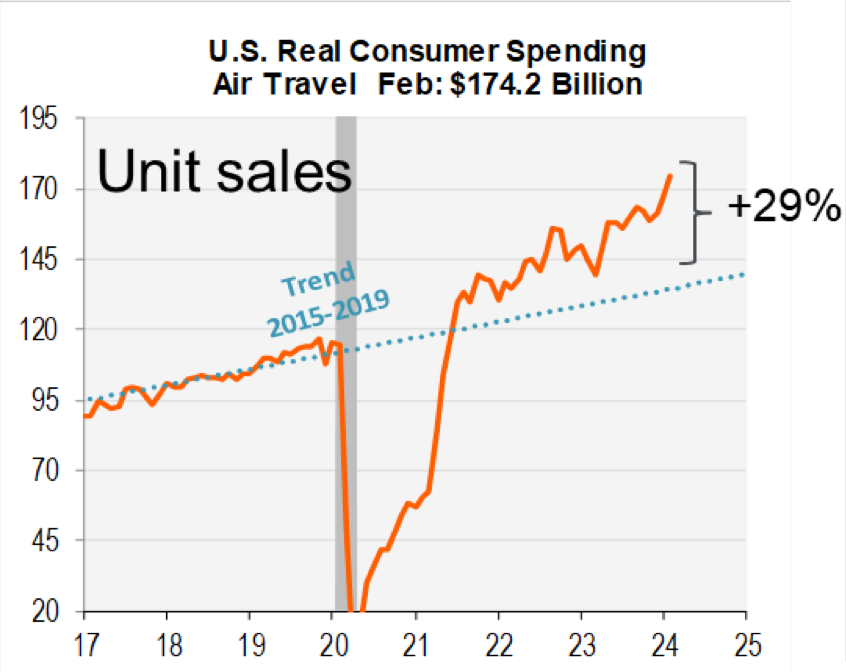
This trend is vividly illustrated by increased expenditures in sectors such as air travel and dining out. The surge in ‘food away from home’ expenses continues unabated, with many opting to dine out as the cost of home cooking aligns closely with restaurant prices, making the choice more about convenience and experience rather than cost-saving, because either way, you need to spend money. Might as well make it convenient!
💡 Despite the economic alarm bells ringing with inflation and rising interest rates, it seems like the age-old advice to pinch pennies is getting a collective eye roll from consumers. Instead of stashing cash under their mattresses, they're out embracing the 'treat yourself' mantra, swapping shopping carts for restaurant menus and boarding passes. As the data shows, spending on "food away from home" is climbing as if home kitchens have started charging cover fees. Really, why bother with the hassle of dishes and grocery shopping when you can dine out? After all, the money's going to leave your wallet one way or another, might as well get some frequent diner points and Instagram-worthy moments out of it!
Labor Market is Tougher Than a Two-Dollar Steak
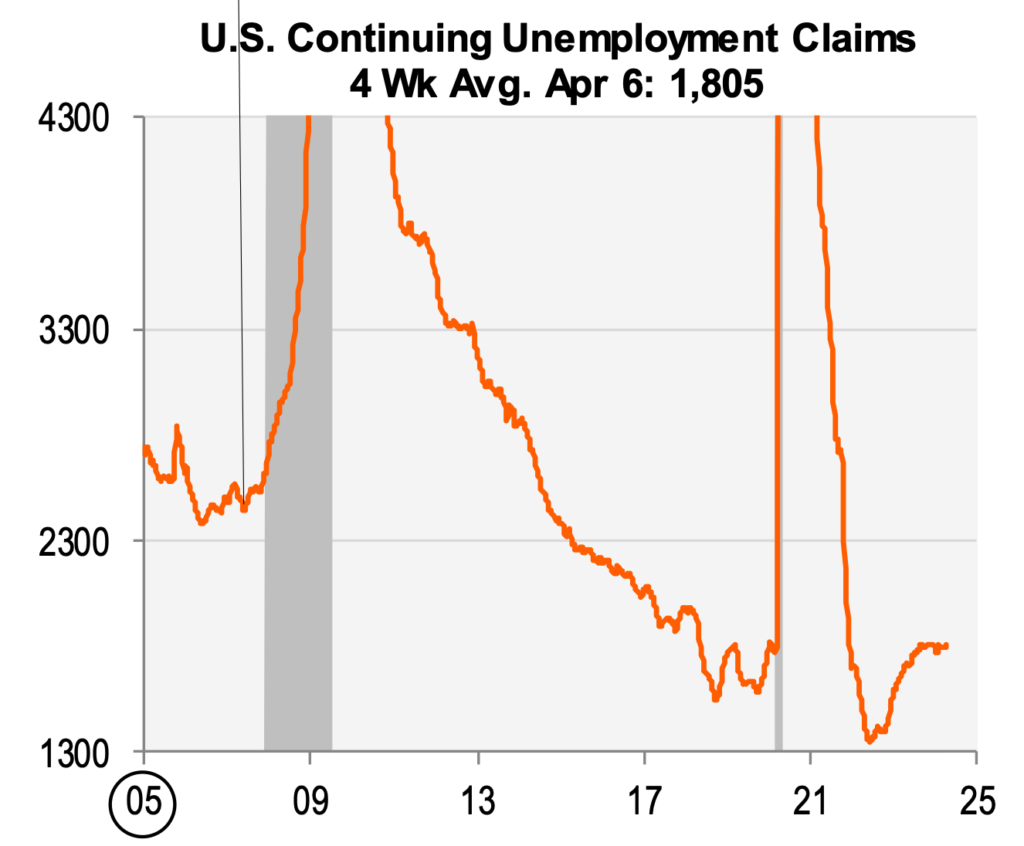
Unemployment’s holding steady at a comfy 3.8%, and wages are finally catching up to where they were way back before anyone knew what a pandemic was. Unemployment claims? Down. Consumer confidence? Up.
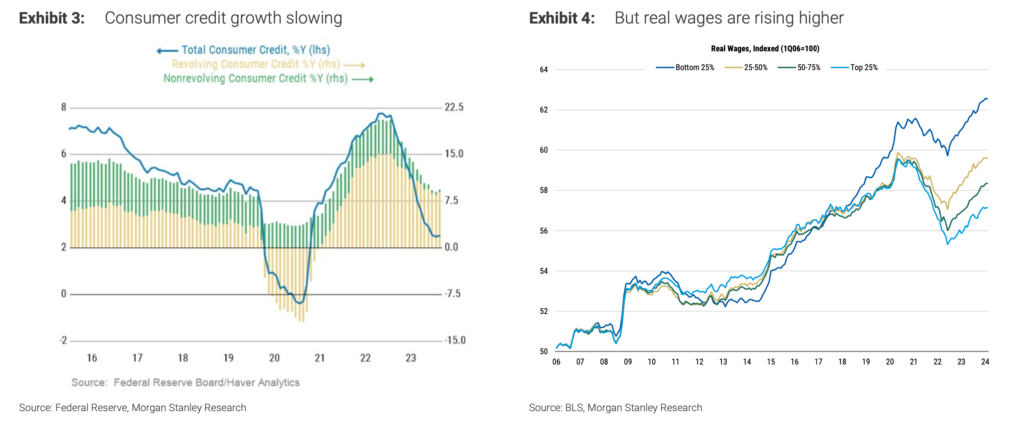
Seems like people are not taking on new debts, but wages are steadily increasing. Here’s maybe what’s going on.
Some individuals might be using their increased income to pay off existing debts rather than acquiring new ones. This trend, known as deleveraging, typically occurs after periods of economic stress where consumers prioritize becoming debt-free to regain or enhance their financial stability. The economic stress in question? Covid, without a doubt.
Another reason that could be is that logically in these times of inflation, banks may tighten credit conditions, making it harder or less attractive for consumers to take on new debts. Higher interest rates, for example, could discourage new loans and credit card balances as the cost of borrowing increases.
Inflation can diminish the real purchasing power, and if people feel that their higher wages do not sufficiently cover increased living costs, they might avoid taking on new debt, fearing that it could become more challenging to manage in the future.
💡 It seems the labor market didn’t get the memo about an impending economic disaster. Sure, there's a bit of a hiccup with some folks finding it tough to land back on their feet post-layoff, leading to a cute little slowdown in consumer credit growth. Looks like people aren’t as eager to drown in debt at the moment, but that’s all due to the current interest rates that are at an all time high—shocking, right?
The Unwanted Houseguests
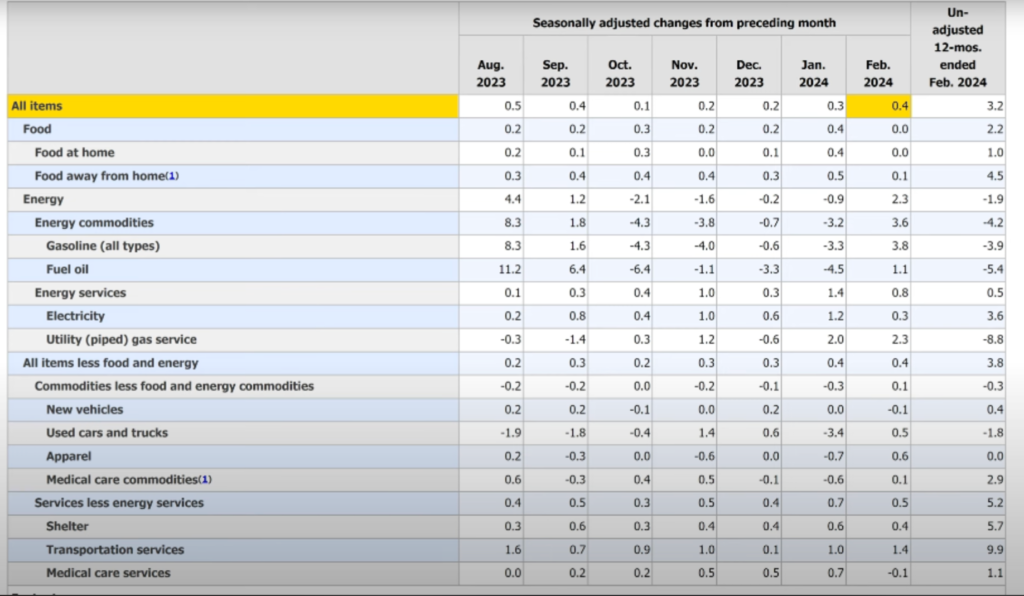
Speaking of shocking, inflation’s still partying above 3.2%. Energy costs? Through the roof. But before you start stocking up for the apocalypse, let’s zoom out a bit, the numbers are driven primarily by high energy costs, which is most probably a short term spike due to the geopolitical wars in the middle east involving Israel and the Houtthis.
Despite the discomfort it causes, inflation has not significantly deterred consumer spending. The narrative that inflation rates are like an uninvited house guest that has overstayed their welcome persists. The Fed will need to cut rates in the near future and forcibly evict it. Such movements will be critical as we approach the election season, where economic measures often become intertwined with political strategies.
<aside> 💡 Now, about that sticky inflation, it’s hanging around, making things a tad uncomfortable. But hey, growth is still on the menu, and recession? That’s a dish we’re not being served. So, keep those spirits (and spending) high, because it looks like our economic engine still has plenty of fuel. And if you’re saving, well, let’s just say your piggy bank might not be the party animal it once was. But hang in there; every party needs a sensible soul, right? The Fed's likely gearing up to show inflation the door, although they'll probably take their sweet time about it. And even when they do, don’t expect your wallet to feel much heavier right away, because we all know prices are not going to plummet down immediately, even when rates are cut.
The Fed’s Next Act – Will They, Won’t They?
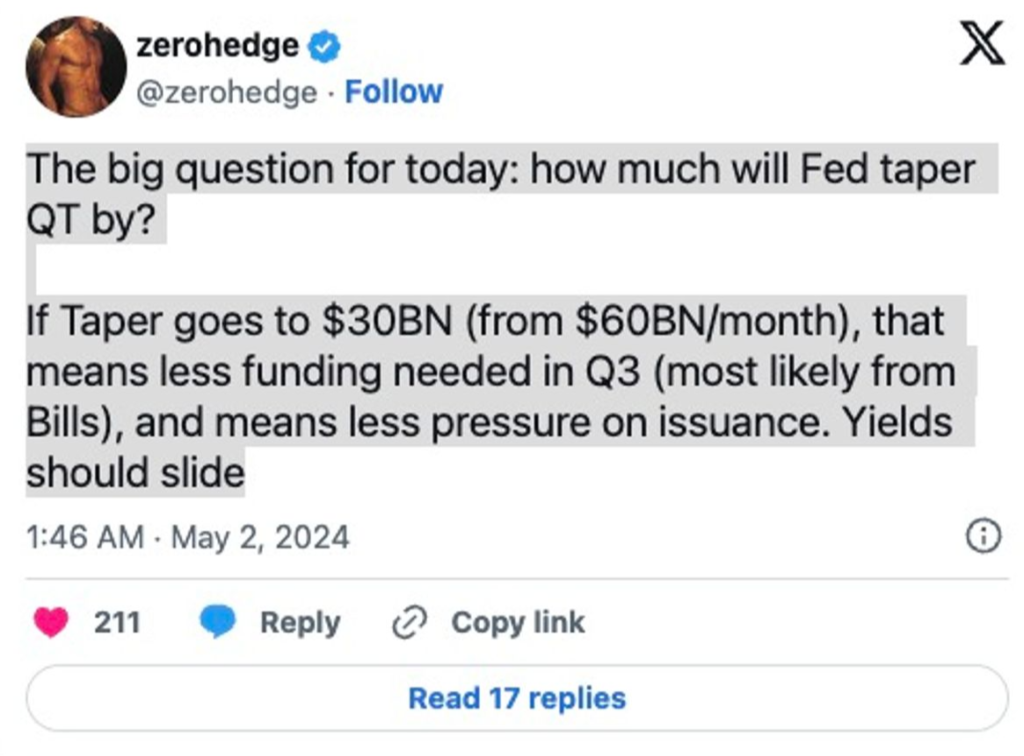
According to Zero Hedge, this reduction in issuance will relieve some pressure on the market, potentially causing yields to slide. But what does this mean in the grand scheme of things, especially with the Fed’s unpredictability?
As for the Fed, they’re about as predictable as a coin toss. While we speculate on the extent of QT adjustments, the same unpredictability applies to interest rate decisions. Will they cut rates in the near future? Given the upcoming elections, it’s most likely. Remember, lower rates mean cheaper borrowing costs, which should lighten the load for borrowers across the board — unless, you’re saving, in which case you might find the lower returns on savings a bit disheartening. Moreover, the potential economic uplift from increased domestic production and onshoring could further stabilize the market.
So, even with the Fed’s mixed signals on QT and interest rates, the overarching message remains: the market is resilient. It’s not time to hide in a bunker yet! The economy has mechanisms to adjust and react, painting a picture of endurance rather than imminent doom.
💡 The Fed's thinking about taking it easy on the whole Quantitative Tightening thing, potentially halving their monthly balance sheet slim-down from $60 billion to a more leisurely $30 billion. What does this mean? Well, Uncle Sam won't need to pass the hat around as much with fewer Treasury bills hitting the market this summer. So, as the supply of new bills slows down, expect yields to drop too. Guess it’s happy hour in the bond market!
The Future is Bright!
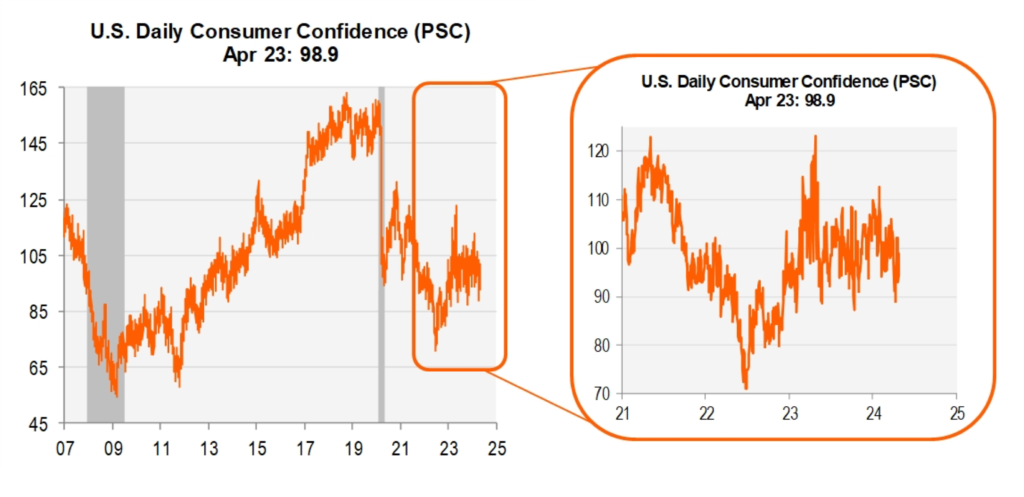
Despite the high rates, consumer confidence remains robust. The economy continues to exhibit signs of enduring strength with a sustained pattern of consumer spending and moderate economic growth. While the shift from goods to services indicates a change in spending behaviour, it does not signify a reduction in economic activity. Sectors like beauty and auto parts are buzzing, proving that a good lipstick or a new spark plug can still make our day. Even the softlines sector, amidst a little March-April drama, hasn’t seen the curtain call some has (always) predicted.

The data sings a similar tune, there’s no shadow and sorrow here. Sure, spending on goods has taken a slow turn, with both unit growth and prices getting a bit of a chill, but that’s just us being savvy, not scared.
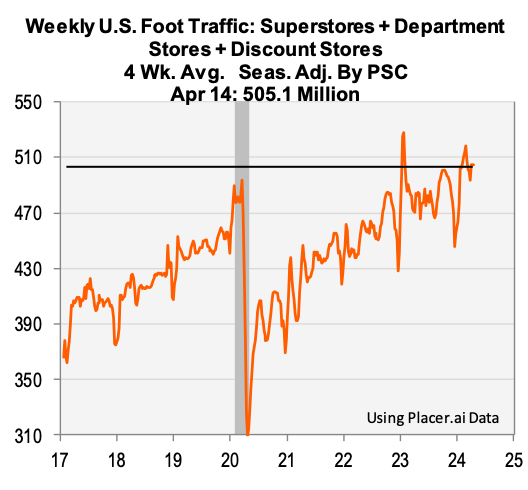
Also, let’s talk groceries and gadgets—Costco and Walmart are throwing confetti with improved sales. It seems even with belts tightened, we’re still making room for bulk buys and bargains. Retail credit is also showing signs of improvement, with spending in March up from February. Look at us, getting all spruced up for spring!
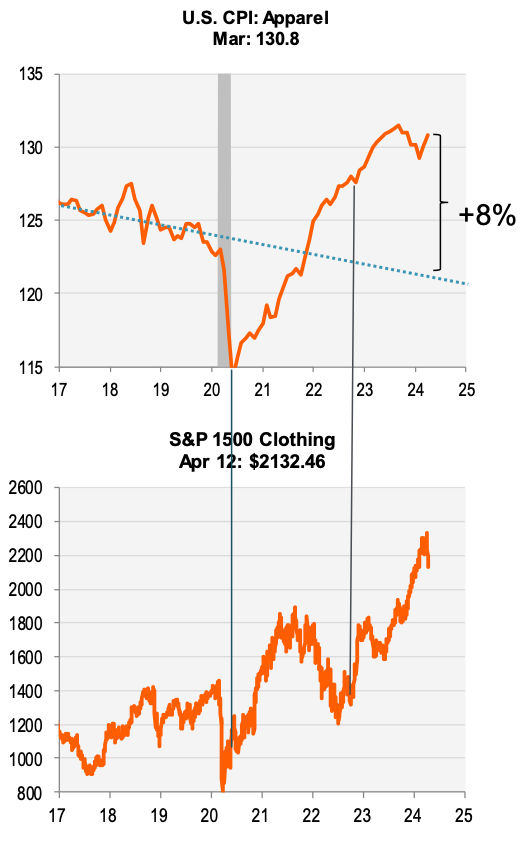
Even the apparel sector is holding up surprisingly well, suggesting that consumer spending hasn’t lost its momentum—it’s as strong as ever. Amidst various economic pressures, it’s particularly noteworthy that consumers, especially those on the higher end of the income spectrum, are not just coasting on their excess savings but are also willing to borrow at steep interest rates exceeding 20%.
💡 Where do you think all this confidence is coming from? The ability to pay it back, of course. They know it, they believe it. This level of financial confidence underscores a broader trend: despite the challenges, there's a strong undercurrent of resilience and optimism fueling a much more solid consumer behavior.
Keep Calm and Spend On
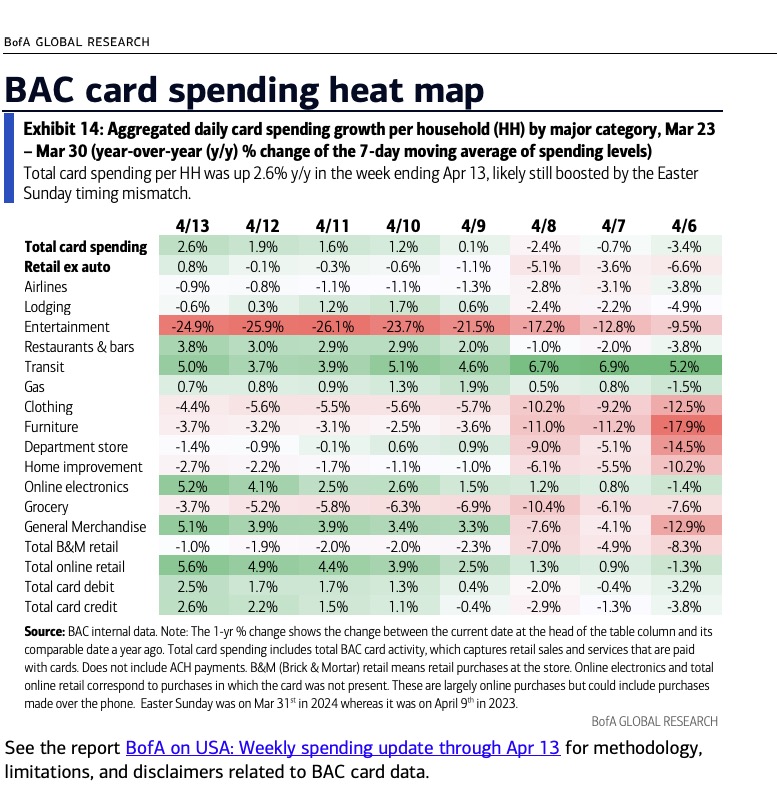
So, despite all the gloomy predictions, the economy is far from taking its final bow. Consumer spending is solid, the labor market is flexing, and even with the pesky high interest rates, people are still opening their wallets—perhaps a bit more selectively, but still, they are very much spending around.
If history tells us anything, it is that the economic specter is not as daunting as it’s made out to be. So, keep calm, carry on, and maybe enjoy a little retail therapy. After all, if we’re going to ride out an economic storm, we might as well do it in style.
